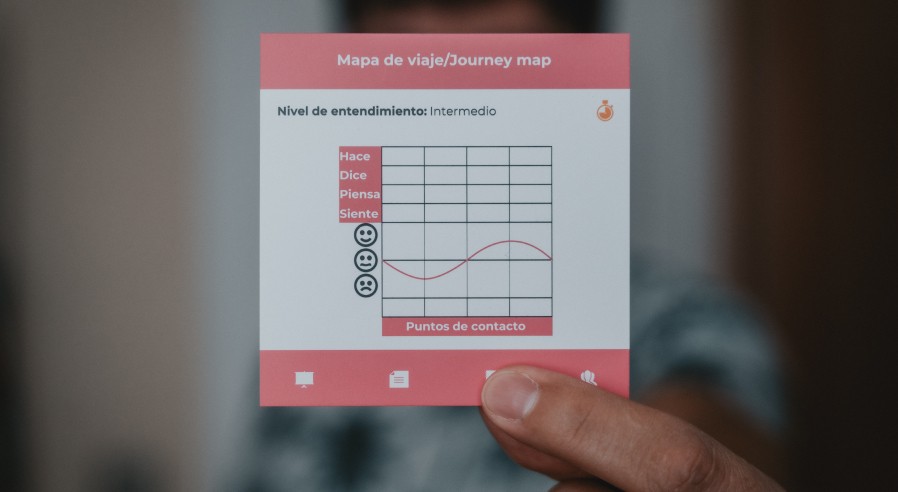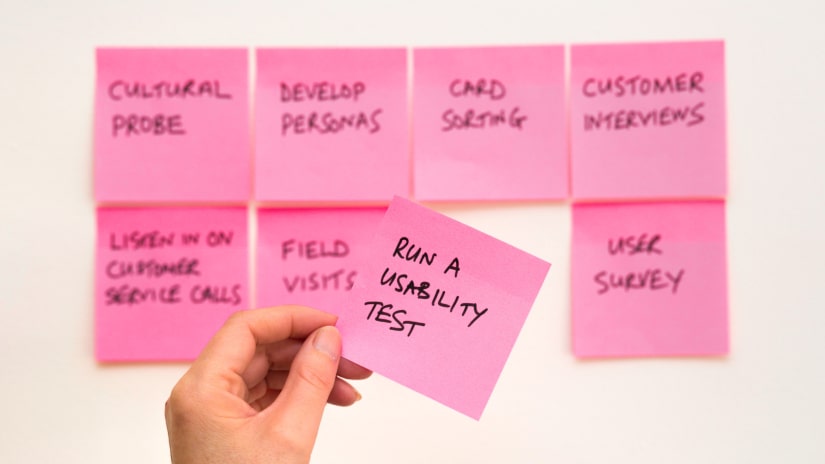“To the optimist, the glass is half full. To the pessimist, the glass is half empty. But to the product manager, the glass is twice as big as it needs to be!”
It goes without saying that product managers perpetually have a lot on their plate. They’re the one-person liaison between the management, design team, and developers, not to mention, the users as well. So as they go about their jobs juggling several deliverables at a time, it can get taxing, especially when they have to deal with UX teams.
Now, UX design is a fundamental part of product management, and they have several overlapping responsibilities. Therefore, the relationship dynamics between the product manager and the UX design team are crucial to the project’s success. Delivering a successful product can only be done by paying ample attention to providing the right user experience.
If you happen to be a product manager, you need to be in the know of these facts about UX design.
UX isn’t UI, and definitely not Agile

It is easy to see why UX is mistaken for something it isn’t, especially by people who have no clue what it is. For instance, people often assume UX design to be the same as UI design (it is not), or worse, dismiss it to be a fad (is it like Agile?).
So, here’s what it is.
The Nielsen Norman Group defines UX as “encompassing all aspects of the end-user’s interaction with the company, its services, and its products”. User experience touches each aspect of the product – from being conceptualized to being built. The UX design team is tasked with designing the end-to-end experience of the product. The design process begins with conducting stakeholder interviews to understand needs from the users’ and the owners’ perspectives. Next, the team recreates the product usage in a journey map to zero in on pain points.
Once these are understood, the designers brainstorm ideas to create a solution to resolve those pain points. These ideas are created and tested iteratively to gauge feasibility. Feedback is vital to the design process as it ensures that the output meets user expectations. Thus, a good user experience is vital to the success of the product, be it as a user or the owner – which is why it ought to be as vital to a Product Manager.
Product Managers don’t necessarily need to possess design expertise; however, it is essential that they understand the underlying principles of UX. How can this be done? Product Managers can be more observant during design workshops and discussions. Observe how design reviews are made – how designers provide actionable feedback within the team.
The next time you’re mindlessly scrolling through your phone, pay a little attention to the apps that impress you. What is it about them that you love? What design features manage to delight you as a user? Or how can things be better in the not-so-great products? Developing a nuanced appreciation of UX enables everyone to make more informed product decisions.
The part is greater than the whole

The PM’s primary responsibility is to set a vision map for the project based on market research and the business’ goals – this creates a base for the UX design team to build on. Next, the PM also has to create a product roadmap that includes a timeline with prioritized items to track the project’s progress efficiently. Thus, the Product Manager, to fulfill these tasks, has to have a bird’s eye view of the project, whereas, the design team only focuses on the part they’re currently working on.
This difference in perspectives can, at times, become a cause for friction. There can be situations wherein PMs considering themselves to be the best source of data and user insights can say, ‘This is perfect, take it up for design’, or ‘Our users are not going to like this delay’. Since PMs are tasked with providing cross-functional advice and leadership to the design and development teams throughout the project, things like these can take the project sideways. There is a way to fix this, as is clear in the next point.
PMs are neither users nor UX designers

While product management and user experience share several commonalities – product managers have to describe the problems faced by users and reason out why solving those problems would help the business grow. UX designers have to solve those problems laid out by PM based on user research, identifying the needs of stakeholders.
But despite these overlapping responsibilities, their skills aren’t interchangeable. This certainly doesn’t mean that PMs are clueless about design, and UX designers know zilch about product management – it’s just that these two cannot work in isolation.
Having said that, PMs need to trust the design process and not provide inputs of themselves as the user so as to expedite creative outputs. There is a method behind every design decision – an iterative method based on rapid testing and acquiring feedback which bolsters the decisions. And no number of rich insights from the product management side can refute that.
Usability does not equate value

This brings us to the final point that PMs need to know about UX design. Usability is often confused as the ultimate goal of product development, and rightly so. But what is important is to gauge usability from the users’ perspective, not from the business’ or design’s perspective.
There have been numerous instances where products perceived to be functional and usable have failed for users having rejected them flat-out; Avon’s failed SAP implementation being the most dramatic example.
The lesson to remember is that usability testing is non-negotiable – it is not to be looked at as a time-consuming, budget-draining exercise. As tempting as it may be to think that people in the project management team are intelligent enough to come up with wonderful solutions, these cannot be rolled out without testing. It’s fine to have a backlog filled with to-dos that are sure to help you improve the product iteratively, rather than a list of features that you think will wow your customers.
The roles of product management and UX design are not interchangeable despite the obvious overlap. However, a successful product lifecycle necessitates the two to work in sync with each other. We hope these 4 facts about UX design will help you align the two to enhance your product workflow.
Did these facts help you gain a better understanding of UX design? Let us know in the comments.
Good user experience is vital to the success of the product, be it as a user or the owner.









